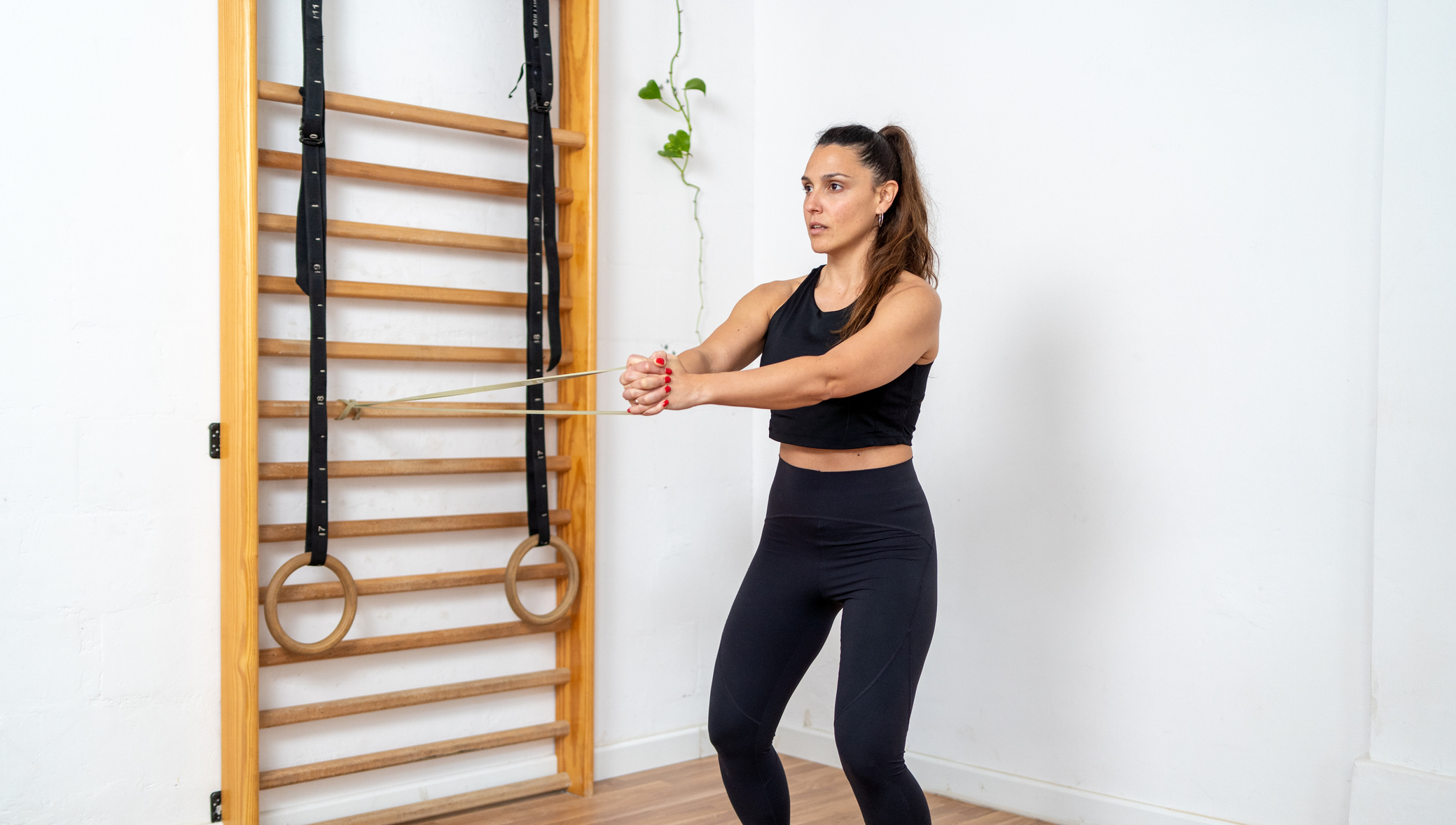
There are many benefits to strengthening your core. For a start, having a strong core can improve your posture and reduce lower-back pain. It will also improve how you move during everyday life and when working out.
Developing a strong core doesn't require you to perform hundreds of sit-ups. Stacy Orsborn, personal trainer and founder of the women's fitness franchise VICTRESS MVMT, says there's one type of movement that a lot of people should include in their core workouts but don't—anti-rotational exercises.
"Anti-rotational exercises use core stabilization muscles in a different way to common core exercises, such as planks, sit-ups and crunches," says Orsborn.
"Those exercises are contraction and extension movements. In anti-rotational exercises, we're getting into an isometric hold and the body is fighting against that rotation."
And there's a particular anti-rotation exercise Orsborn recommends—the Pallof press.
"The Pallof press is a great exercise to add to your routine. Particularly for women who might be postpartum, some core rehabilitation can be too challenging but the Pallof press is something everyone can do," says Orsborn.
How to do the Pallof press
All you need for this move is a resistance band. You can also do a weighted Pallof press using a cable machine at the gym.
- Attach a resistance band to a secure anchor point, such as a squat rack or banister.
- Stand side-on to the anchor point with your knees slightly bent, holding the band in both hands in front of your chest.
- Take a side step away from the anchor point until there is tension in the band and engage your core.
- Slowly extend your arms out in front of you, which will increase the tension in the resistance band. Resist the rotational pull.
- Slowly bring your hands back to your chest.
Shop resistance bands
We prefer to stick with well-known brands when buying resistance bands because of the risk of bands failing. Here are three options from respectable brands.







